This 28th edition was placed under the theme “Heritage, the challenge of transmission”, whether it concerns the transmission of real estate, business or know-how, a theme illustrated by conferences, exchanges, discounts of price.
Organized by the Ateliers d’Art de France, this Show is the annual meeting for professionals in restoration, the preservation of built and unbuilt heritage as well as the promotion of artistic crafts.
A place for debates and meetings, for 4 days at the Carrousel du Louvre in Paris it welcomed more than 300 exhibitors and 20,000 visitors, the general public with more and more amateurs, professionals of course, and illustrious visitors such as the Grand Duke of Luxembourg, Princess Yasmine Murat, president of the Association for French influence and Stéphane Bern, in charge of the “Heritage in Danger” mission, supported by the Ministry of Culture and deployed by the Heritage Foundation for save castles, gardens, religious buildings and industrial buildings.
This year, 11 countries were represented including China and Japan.
When we walk through the aisles of this Show, we suddenly want to know all the secrets of these high-flying professionals, to learn everything in one day about their profession which, in fact, requires years of apprenticeship and ‘experience.
Let’s just discover some of these artistic crafts.
The DUMAS Tannery-Parchinery
Created in 1926, the factory specializes in decorative items made of skin, particularly “parchment”, a little-known but solid, smooth, transparent or opaque material. It is obtained by drying limed skin, not tanned, unlike leather, from lamb, sheep, goat, calf, pig or donkey. It is used for writing (in the Middle Ages, it was the preferred medium for manuscripts), bookbinding, and furniture decoration. In the past, it was mainly intended for percussion and to cover lampshades.
Tannerie Dumas is listed in the inventory of rare crafts.
To date, there are three parchment factories in France and less than ten in Europe.
The Ecordal Color Mill
It is the last natural coloring earth factory in France.
The company manufactures 100% natural earths and ochres, taken from different quarries in the Ardennes, Burgundy, Germany and even India. It thus extracts Sienna, Umber, Cassel, Mexico pigment, iron oxide, slate, Blanc de Meudon.
The earth is dried or calcined before being crushed to obtain a very fine powder of around 30µ.
They are compatible with lime and cement and are suitable for artistic use in oil or acrylic.
The Marie-Hélène Poisson Workshop
For four generations, he has devoted himself to the restoration of furniture and objects in Boulle marquetry from the 17th, 18th and 19th centuries. It also manufactures its own cabinetmaking creations according to Boulle marquetry codes.
André Charles Boulle was the cabinetmaker to the Sun King. He worked on the interior decoration of Versailles.
He did not invent marquetry but perfected it. He introduced materials such as dyed horns, pewter, tortoiseshell and precious metals.
The Vicat company
It is one of the main manufacturers of construction materials with Lafarge and St Astier for lime. It presented “prompt cement”, quick-setting cement, used for the first time in the 19th century.
Until 1920, it was used exclusively for the manufacture of artificial molded stones intended for the creation of facades. Its use has greatly diversified today.
It is a “natural” cement, as opposed to the “artificial” cement invented in 1817 by Louis Vicat, a mixture of limestone and clay heated to 1450°.
Mixed with sand, gravel, water and additives, it produces concrete.
Parchment, coloring earths, Boulle marquetry, Vicat cement, concrete… we discover dozens of other professions at the Salon du Patrimoine, the art of wallpaper, the decorative glassmaker, the ironworker-blacksmith, the graphic arts restorer, the sculptor, the engraver… who all work wonders.
But didn’t the notion of Heritage appear in Antiquity with Philo of Byzantium who carried out the first survey of the seven Wonders of the World?
See you in 2024 with the theme “Heritage and Water”, the most used substance in the world… just ahead of concrete.
Copyright©2023 IMPACT EUROPEAN. All rights reserved.
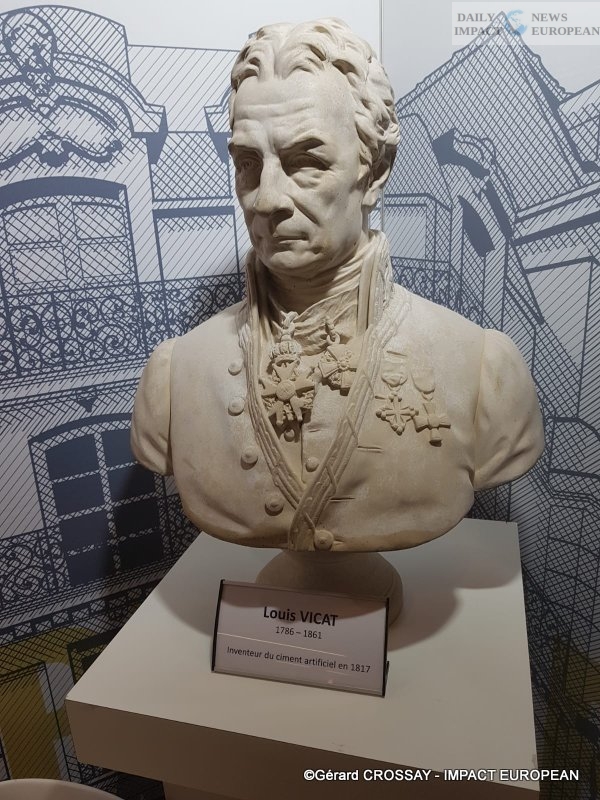
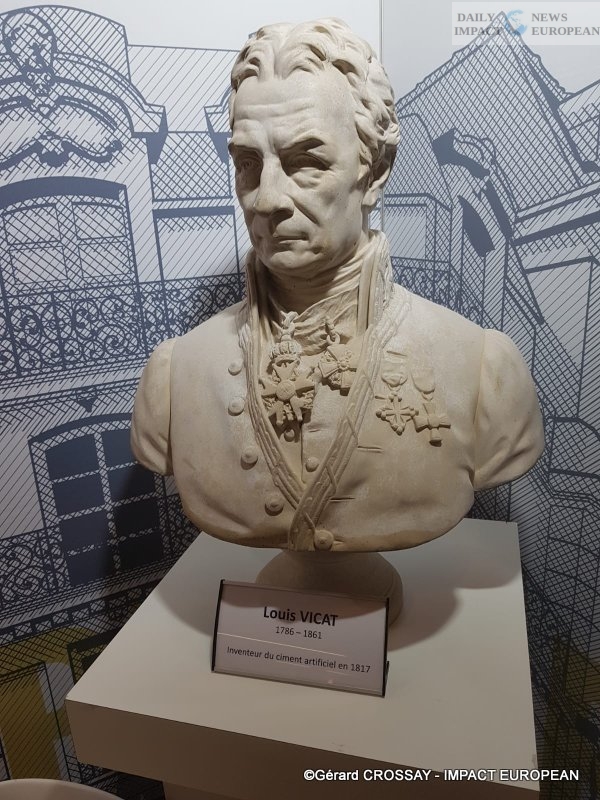
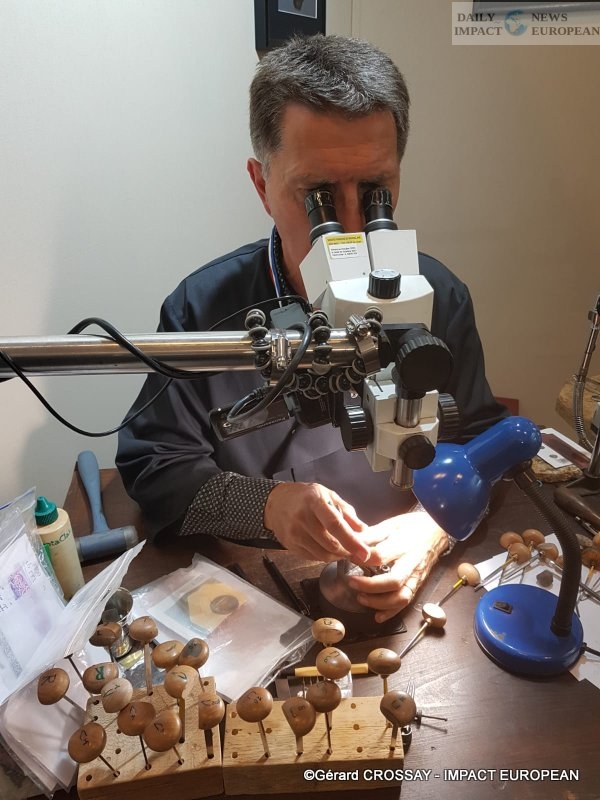
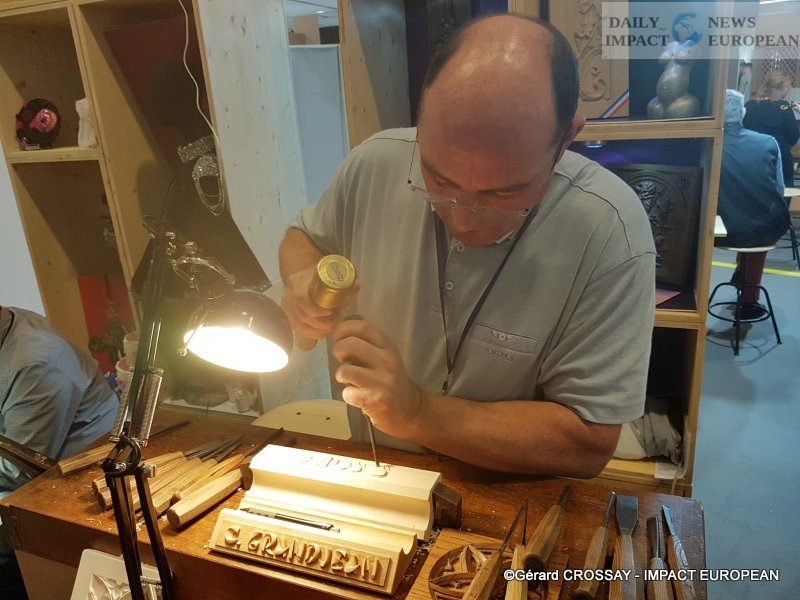
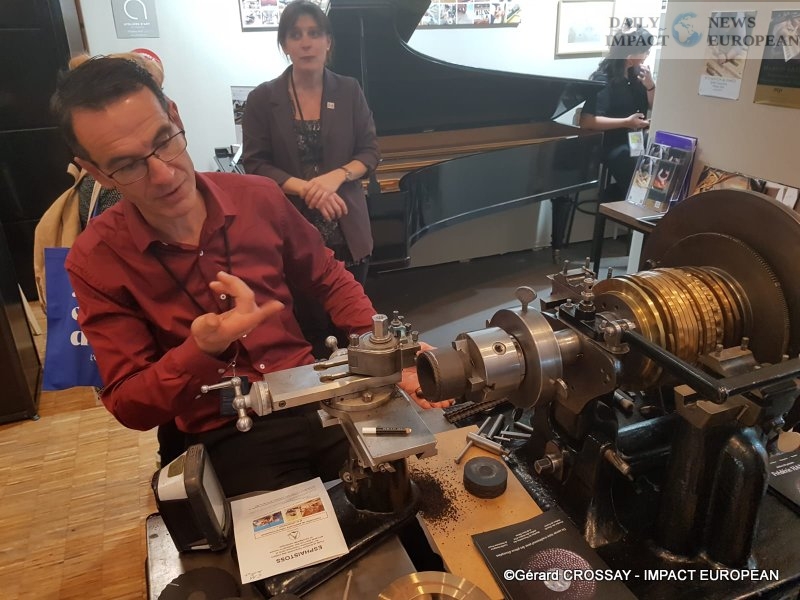
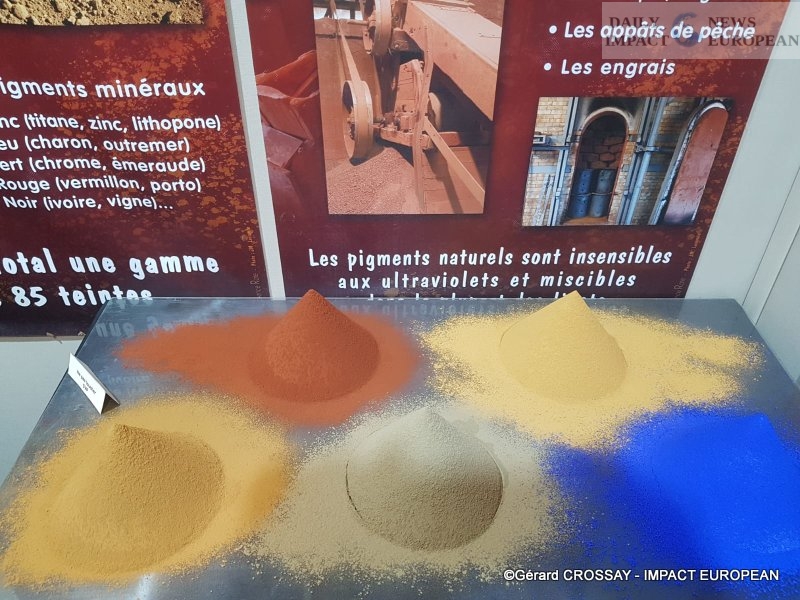
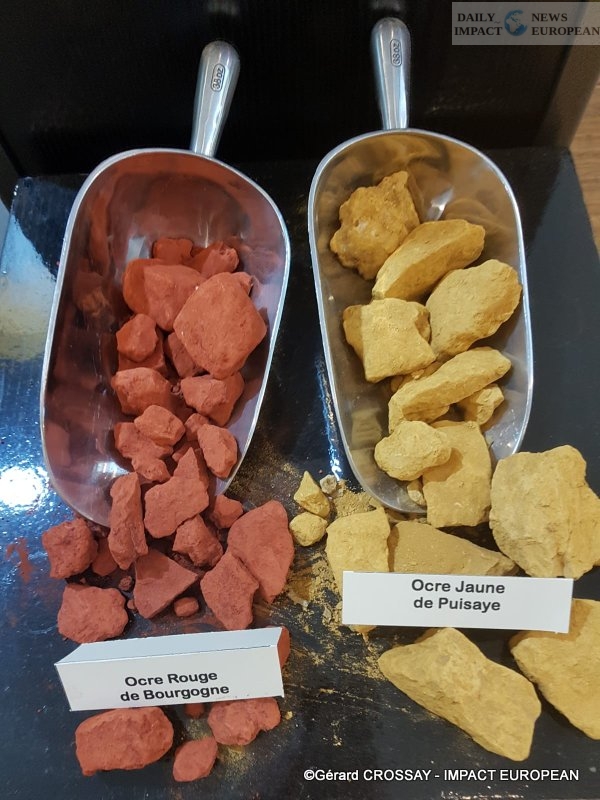
More Stories
Meeting between French and Israeli counterparts Emmanuel Macron and Isaac Herzog at the Élysée
“Dansong” at the Avignon Off Festival 2024
Olympic Flame at the Jardin du Musée Mac Val